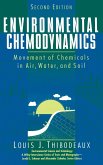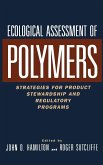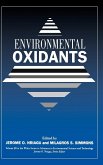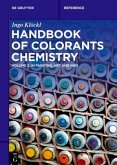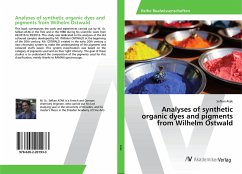In the last two decades the EPA and other national and international agencies have placed increasingly strict regulations on the manufacture and use of synthetic colorants. The pigment and dye industry has had to develop the technology necessary to analyze and remediate pollutants in wastewater. Although these efforts have produced a considerable volume of information, until now, no single book has provided an organized, comprehensive treatment of the environmental chemistry of synthetic colorants. Environmental Chemistry of Dyes and Pigments is the first comprehensive reference to address the environmental problems posed by synthetic colorants, and to provide a forum for the solutions proposed by industry, government, and academia. Focusing on developments in the field over the past two decades, it deals with all aspects of colored wastewater treatment, the disposal of dyes, analytical methods, toxicity, and regulatory questions. In its coverage of wastewater treatment, this book addresses both the most commonly used methods and those specifically designed to address pollution problems at the source by analyzing for and removing dyes and pollutants from wastewater effluent. Throughout, real-world data on a wide variety of dyes and dye intermediates is provided, as well as cost-effective strategies for dealing with wastewater treatment. In addition, several chapters are devoted to the perspectives of national and international experts on regulations governing the manufacture, handling, use, and disposal of synthetic dyes and pigments. The impact these regulations have had on both U.S. and foreign industry is also discussed. A complete, comprehensive, and up-to-date guide to pollution prevention in the dyestuff and textile industries Environmental Chemistry of Dyes and Pigments is the only self-contained volume that focuses on the environmental impact of synthetic dyes and pigments. Contributions by international experts from industry, academia, and government make this an indispensable book for anyone dealing with the environmental problems posed by synthetic colorants. It covers the entire range of environmental issues, from waste treatment and analysis to pollution prevention and government regulations. Covers the latest wastewater treatment methods Shows how to use recycling and reusing methods effectively, while cutting production costs Describes state-of-the-art technology, including the PACT(r) system Explains analysis techniques, including spectrometry and ionization Covers legislative issues and the regulatory status of various compounds in both the United States and abroad Examines the various pollution prevention programs instituted by government and industry Bridging the gap between industrial interests and environmental concerns, Environmental Chemistry of Dyes and Pigments stands as an invaluable resource for scientists, researchers, and engineers in the textile and dyestuff industries, and in the environmental sciences. It is also an extremely useful text for environmental science students.


